Home>Furniture & Design>Bathroom Accessories>How Do You Remove Hard Water Stains From Toilet Bowl
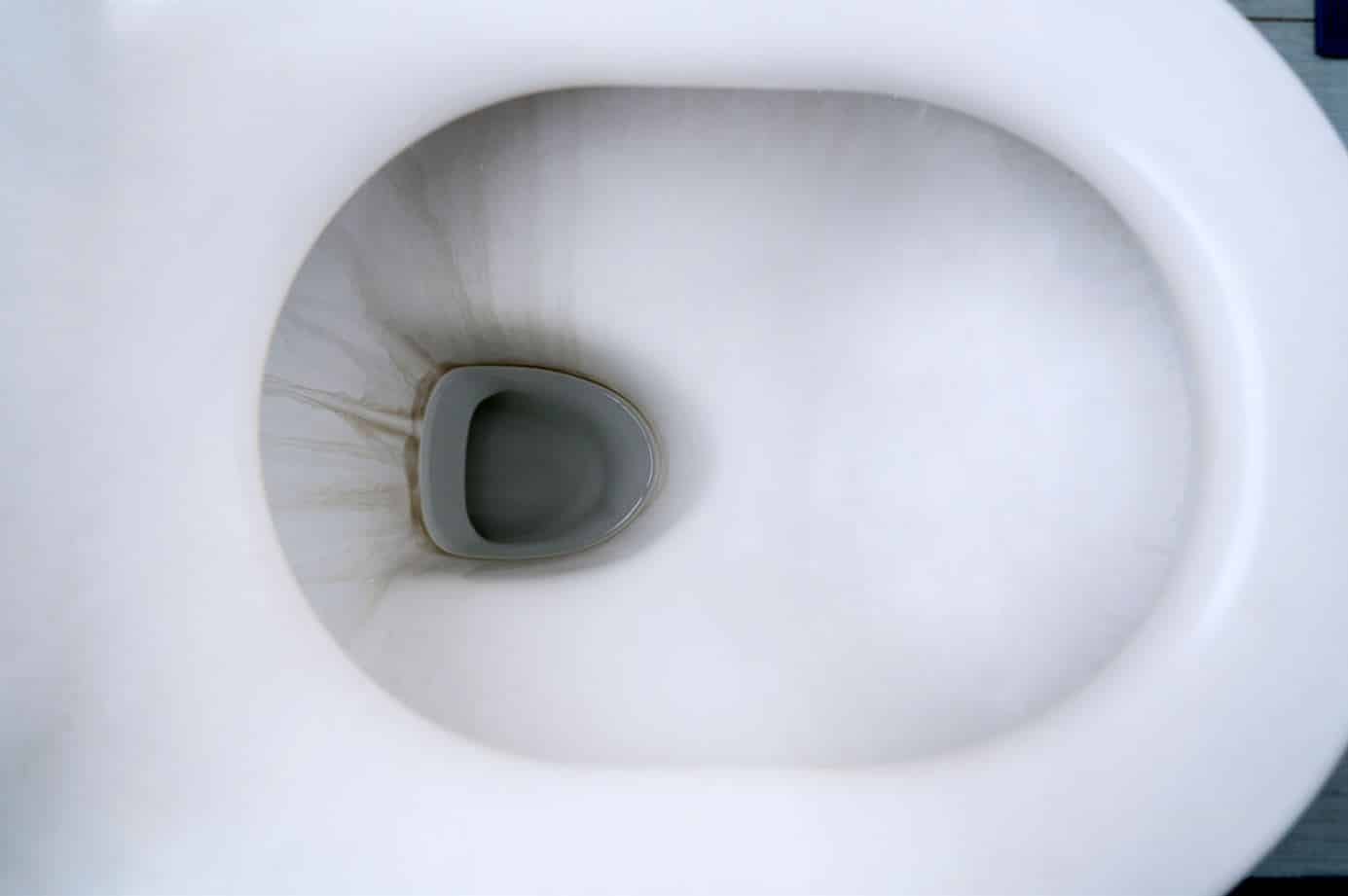

Bathroom Accessories
How Do You Remove Hard Water Stains From Toilet Bowl
Modified: February 18, 2024
Learn effective ways to remove hard water stains from your toilet bowl with the right bathroom accessories. Keep your bathroom clean and sparkling!
(Many of the links in this article redirect to a specific reviewed product. Your purchase of these products through affiliate links helps to generate commission for Storables.com, at no extra cost. Learn more)
Introduction
Dealing with hard water stains in your toilet bowl can be a frustrating and challenging task. These stubborn stains are caused by mineral deposits, primarily calcium and magnesium, which are present in hard water. Over time, these minerals can accumulate and form unsightly stains that seem nearly impossible to remove. However, fear not, as there are effective methods and remedies to tackle this common household issue.
In this comprehensive guide, we will delve into the various techniques and products available for removing hard water stains from your toilet bowl. Whether you prefer natural remedies or commercial cleaners, we will explore the most effective options to restore your toilet to its pristine condition. Additionally, we will discuss preventive measures to help you minimize the recurrence of hard water stains in the future.
By the end of this article, you will be equipped with the knowledge and insights necessary to combat hard water stains and maintain a sparkling clean toilet bowl. Let's embark on this journey to discover the best solutions for eliminating hard water stains and preserving the cleanliness of your bathroom.
Key Takeaways:
- Say goodbye to hard water stains in your toilet bowl by using natural remedies like vinegar, baking soda, and lemon juice. These household items can effectively dissolve and remove stubborn mineral deposits, leaving your toilet sparkling clean.
- Prevent future hard water stains by establishing a regular cleaning routine, installing a water softening system, and applying hydrophobic coatings. These proactive measures can minimize mineral buildup and maintain a cleaner, more resilient toilet bowl.
Understanding Hard Water Stains
Hard water stains are a common nuisance in many households, particularly in areas with high mineral content in the water supply. These stains manifest as unsightly, discolored patches in the toilet bowl, often appearing as brown, yellow, or greenish rings. Understanding the composition and formation of hard water stains is crucial in effectively combating this persistent issue.
The primary culprits behind hard water stains are minerals such as calcium, magnesium, and other dissolved compounds present in the water. When hard water comes into contact with the surfaces of the toilet bowl, these minerals can accumulate over time, forming stubborn deposits that adhere to the porcelain or ceramic material. As the water evaporates, these minerals are left behind, resulting in the formation of visible stains.
The mineral deposits in hard water stains are not only unsightly but can also be quite challenging to remove. Due to their porous and rough nature, the surface of the toilet bowl provides an ideal environment for these minerals to latch onto, making it difficult to simply wipe them away with regular cleaning methods.
Furthermore, the acidic nature of urine can exacerbate the formation of hard water stains. When urine comes into contact with the mineral deposits, it can react chemically, leading to the development of even more stubborn and discolored stains.
It's important to note that hard water stains are not only limited to the toilet bowl. They can also affect other bathroom fixtures, such as sinks, showers, and faucets, creating a persistent cleaning challenge throughout the bathroom.
In summary, hard water stains are the result of mineral deposits, primarily calcium and magnesium, accumulating in the toilet bowl due to the presence of hard water. Understanding the composition and formation of these stains is essential in devising effective strategies for their removal and prevention. Now that we have gained insight into the nature of hard water stains, let's explore the various methods and remedies available for effectively removing them from the toilet bowl.
Common Methods for Removing Hard Water Stains
When it comes to tackling hard water stains in your toilet bowl, several common methods have proven to be effective in restoring the porcelain to its original pristine condition. These methods utilize readily available household items and cleaning agents to combat the stubborn mineral deposits and discoloration caused by hard water stains.
1. Vinegar and Baking Soda
A popular and environmentally friendly approach involves using a combination of vinegar and baking soda. Start by pouring a generous amount of vinegar into the toilet bowl and allowing it to sit for several hours or overnight. The acidic nature of the vinegar helps break down the mineral deposits. Next, sprinkle baking soda onto the stained areas and scrub the bowl using a toilet brush. The effervescent reaction between the vinegar and baking soda, coupled with gentle scrubbing, can effectively lift and remove the hard water stains.
2. Lemon Juice
Lemon juice, with its natural acidic properties, is another effective remedy for combating hard water stains. Squeeze fresh lemon juice directly onto the stained areas and let it sit for some time. The citric acid in the lemon juice works to dissolve the mineral deposits, making it easier to scrub away the stains. Additionally, the fresh citrus scent leaves the toilet bowl smelling clean and refreshed.
Read more: How To Remove Hard Water Ring In Toilet Bowl
3. Borax or Hydrogen Peroxide
For tougher hard water stains, consider using borax or hydrogen peroxide. These powerful cleaning agents can be applied directly to the stains and left to sit for a period of time. Their abrasive and oxidizing properties help break down and dislodge the stubborn mineral deposits, allowing for easier removal with a toilet brush or scrubbing pad.
4. Pumice Stone
In cases where traditional cleaning methods may not yield the desired results, a pumice stone can be used to gently scrub away hard water stains. Wet the pumice stone and carefully rub it against the stained areas, taking care not to apply excessive pressure that could scratch the porcelain surface. The abrasive nature of the pumice stone effectively removes the mineral deposits without causing damage to the toilet bowl.
5. Commercial Toilet Bowl Cleaners
Numerous commercial toilet bowl cleaners are specifically formulated to target hard water stains. These cleaners often contain powerful ingredients such as hydrochloric acid or oxalic acid, which effectively dissolve and remove mineral deposits. When using commercial cleaners, it is essential to follow the manufacturer's instructions and safety guidelines to ensure proper application and optimal results.
By employing these common methods for removing hard water stains, you can effectively restore the cleanliness and luster of your toilet bowl. Whether opting for natural remedies or commercial cleaners, these techniques offer practical solutions for combating the persistent challenge of hard water stains in the bathroom.
Natural Remedies for Removing Hard Water Stains
When it comes to combating hard water stains in your toilet bowl, natural remedies offer effective and environmentally friendly solutions. These remedies utilize common household items with natural cleaning properties to dissolve and remove stubborn mineral deposits, restoring the toilet bowl to its original cleanliness.
Vinegar and Baking Soda
One of the most popular natural remedies for removing hard water stains involves the use of vinegar and baking soda. The acidic nature of vinegar makes it an effective agent for breaking down mineral deposits, while baking soda acts as a gentle abrasive to aid in the scrubbing process. To utilize this remedy, begin by pouring a generous amount of vinegar into the toilet bowl, ensuring that it covers the stained areas. Allow the vinegar to sit for several hours or overnight to effectively penetrate and dissolve the mineral deposits. Next, sprinkle baking soda onto the stained areas and use a toilet brush to scrub the bowl, leveraging the effervescent reaction between the vinegar and baking soda to lift and remove the hard water stains.
Lemon Juice
Another natural remedy that proves effective in combating hard water stains is lemon juice. The natural citric acid present in lemon juice works to dissolve mineral deposits, making it easier to scrub away the stains. Simply squeeze fresh lemon juice directly onto the stained areas and allow it to sit for some time before using a toilet brush to scrub the bowl. In addition to its cleaning properties, the fresh citrus scent of lemon leaves the toilet bowl smelling clean and refreshed.
Borax or Hydrogen Peroxide
For tougher hard water stains, consider utilizing borax or hydrogen peroxide as natural cleaning agents. These substances possess abrasive and oxidizing properties that aid in breaking down and dislodging stubborn mineral deposits. Apply borax or hydrogen peroxide directly to the stained areas and allow them to sit for a period of time before using a toilet brush or scrubbing pad to remove the stains.
Pumice Stone
In instances where traditional cleaning methods may not yield the desired results, a pumice stone can be employed as a natural abrasive tool to gently scrub away hard water stains. When using a pumice stone, it is essential to wet it before carefully rubbing it against the stained areas, ensuring that excessive pressure is not applied to avoid scratching the porcelain surface. The abrasive nature of the pumice stone effectively removes mineral deposits without causing damage to the toilet bowl.
By incorporating these natural remedies into your cleaning routine, you can effectively combat hard water stains in your toilet bowl while minimizing the use of harsh chemicals. These environmentally friendly solutions offer practical and sustainable approaches to maintaining a clean and lustrous bathroom environment.
Read more: How Do You Clean A Stained Toilet Bowl
Commercial Cleaners for Removing Hard Water Stains
When natural remedies and DIY cleaning methods may not provide the desired results, commercial cleaners specifically formulated for removing hard water stains can offer a powerful solution. These cleaners are designed to target and dissolve stubborn mineral deposits, restoring the toilet bowl to its original cleanliness and luster.
Commercial toilet bowl cleaners often contain potent ingredients such as hydrochloric acid, oxalic acid, or other specialized compounds that effectively break down and remove hard water stains. These powerful acids work by chemically reacting with the mineral deposits, causing them to dissolve and become easier to scrub away. Additionally, many commercial cleaners feature thick formulations that cling to the surfaces of the toilet bowl, allowing for extended contact time to maximize their cleaning effectiveness.
When using commercial cleaners, it is crucial to follow the manufacturer's instructions and safety guidelines meticulously. Proper ventilation and the use of protective gloves and eyewear are essential to ensure safe handling of these potent cleaning agents. Additionally, it is advisable to avoid mixing different types of cleaners, as this can result in hazardous chemical reactions and harmful fumes.
Before applying a commercial cleaner, it is recommended to thoroughly read the product label and understand its specific usage instructions. Some cleaners may require the toilet bowl to be pre-wetted before application, while others may necessitate a certain duration of contact time to achieve optimal results. Furthermore, it is important to use the appropriate amount of cleaner as directed, ensuring that it is evenly distributed across the stained areas of the toilet bowl.
After applying the commercial cleaner, using a toilet brush or scrubbing pad to agitate the stained areas can help facilitate the removal of dissolved mineral deposits. It is advisable to scrub gently but thoroughly, paying particular attention to areas where hard water stains are most prevalent. Once the stains have been effectively loosened and removed, flushing the toilet will help rinse away the dissolved deposits, leaving the bowl clean and refreshed.
In summary, commercial cleaners tailored for removing hard water stains offer a potent and convenient solution for combating stubborn mineral deposits in the toilet bowl. By following the recommended usage guidelines and safety precautions, these cleaners can effectively restore the cleanliness and brilliance of the toilet bowl, providing a hassle-free approach to managing hard water stains in the bathroom.
Preventing Hard Water Stains in the Future
Preventing hard water stains in the future involves proactive measures aimed at minimizing the accumulation of mineral deposits in the toilet bowl. By implementing preventive strategies, you can maintain a cleaner and more hygienic bathroom environment while reducing the frequency of rigorous cleaning efforts. Here are several effective methods for preventing the recurrence of hard water stains:
-
Regular Cleaning Routine: Establishing a consistent cleaning schedule for your toilet bowl can significantly reduce the likelihood of hard water stains. Regularly scrubbing the bowl with a toilet brush and mild cleaning agents can help prevent mineral deposits from accumulating and hardening over time. By incorporating toilet cleaning into your weekly or bi-weekly routine, you can maintain a cleaner and more stain-resistant toilet bowl.
-
Water Softening Systems: Installing a water softening system in your home can effectively mitigate the impact of hard water on bathroom fixtures, including the toilet bowl. Water softeners work by removing excess minerals, such as calcium and magnesium, from the water supply, thereby reducing the formation of hard water stains. By investing in a water softening system, you can proactively address the root cause of hard water stains and enjoy the benefits of softer, less damaging water.
-
Vinegar Maintenance Flush: Periodically conducting a vinegar maintenance flush can help prevent the buildup of mineral deposits in the toilet bowl. Simply pour a moderate amount of vinegar into the bowl and allow it to sit for several hours or overnight. The acidic properties of the vinegar will help dissolve any emerging mineral deposits, keeping the bowl cleaner and less susceptible to hard water stains.
-
Hydrophobic Coatings: Applying hydrophobic coatings to the interior surface of the toilet bowl can create a protective barrier against mineral adhesion. These specialized coatings repel water and minimize the ability of mineral deposits to adhere to the porcelain surface, making it easier to clean and maintain the bowl. By investing in hydrophobic coatings designed for toilet bowls, you can proactively safeguard against the formation of hard water stains.
-
Prompt Repairs and Maintenance: Addressing any leaks or plumbing issues promptly can help prevent the exacerbation of hard water stains. Leaking toilets can lead to prolonged exposure to hard water, accelerating the formation of stains. By promptly repairing leaks and conducting regular maintenance on your plumbing fixtures, you can minimize the impact of hard water on the cleanliness of your toilet bowl.
By incorporating these preventive measures into your bathroom maintenance routine, you can effectively reduce the occurrence of hard water stains in the future. Implementing proactive strategies such as regular cleaning, water softening, vinegar maintenance flushes, hydrophobic coatings, and prompt repairs can contribute to a cleaner, more resilient toilet bowl, enhancing the overall cleanliness and hygiene of your bathroom.
Conclusion
In conclusion, the battle against hard water stains in the toilet bowl is a common challenge faced by many homeowners. These stubborn mineral deposits, primarily composed of calcium and magnesium, can mar the appearance of the toilet bowl and pose a significant cleaning dilemma. However, armed with the knowledge and insights gained from this comprehensive guide, you are well-equipped to combat hard water stains effectively and maintain a sparkling clean bathroom environment.
By understanding the nature of hard water stains and the factors contributing to their formation, you have gained valuable insights into the mechanisms underlying this persistent issue. The mineral deposits present in hard water, coupled with the acidic nature of urine, create an environment conducive to the development of unsightly stains in the toilet bowl. This understanding forms the foundation for implementing targeted strategies to remove and prevent hard water stains.
The guide has explored a range of effective methods for removing hard water stains, encompassing both natural remedies and commercial cleaners. From the utilization of vinegar and baking soda to the application of lemon juice, borax, hydrogen peroxide, and pumice stones, you have discovered versatile and environmentally friendly approaches to combatting hard water stains. Additionally, the use of commercial cleaners tailored for hard water stain removal offers a potent solution for more challenging cleaning scenarios.
Furthermore, the importance of preventive measures in minimizing the recurrence of hard water stains has been emphasized. By incorporating regular cleaning routines, water softening systems, vinegar maintenance flushes, hydrophobic coatings, and prompt repairs, you can proactively safeguard against the formation of hard water stains, maintaining a cleaner and more resilient toilet bowl.
In essence, the battle against hard water stains in the toilet bowl is multifaceted, requiring a combination of effective cleaning methods and preventive strategies. By leveraging the insights and techniques presented in this guide, you can overcome the challenges posed by hard water stains and enjoy a consistently clean and lustrous bathroom environment.
With the knowledge gained from this guide, you are empowered to tackle hard water stains with confidence, ensuring that your toilet bowl remains a pristine and inviting fixture in your home. By implementing the recommended strategies and maintaining a proactive approach to bathroom maintenance, you can bid farewell to the frustration of hard water stains and revel in the enduring cleanliness of your bathroom.
Frequently Asked Questions about How Do You Remove Hard Water Stains From Toilet Bowl
Was this page helpful?
At Storables.com, we guarantee accurate and reliable information. Our content, validated by Expert Board Contributors, is crafted following stringent Editorial Policies. We're committed to providing you with well-researched, expert-backed insights for all your informational needs.
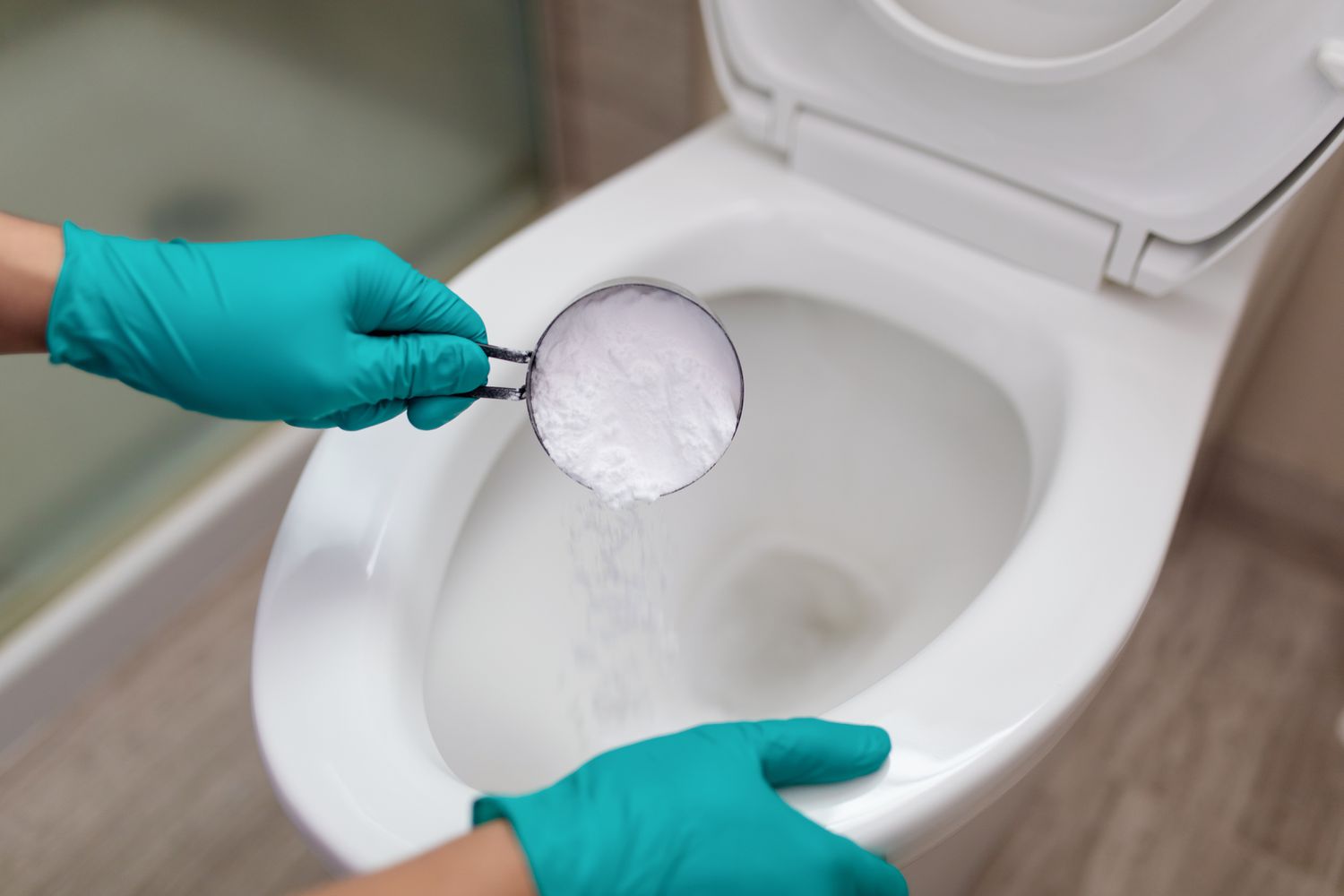
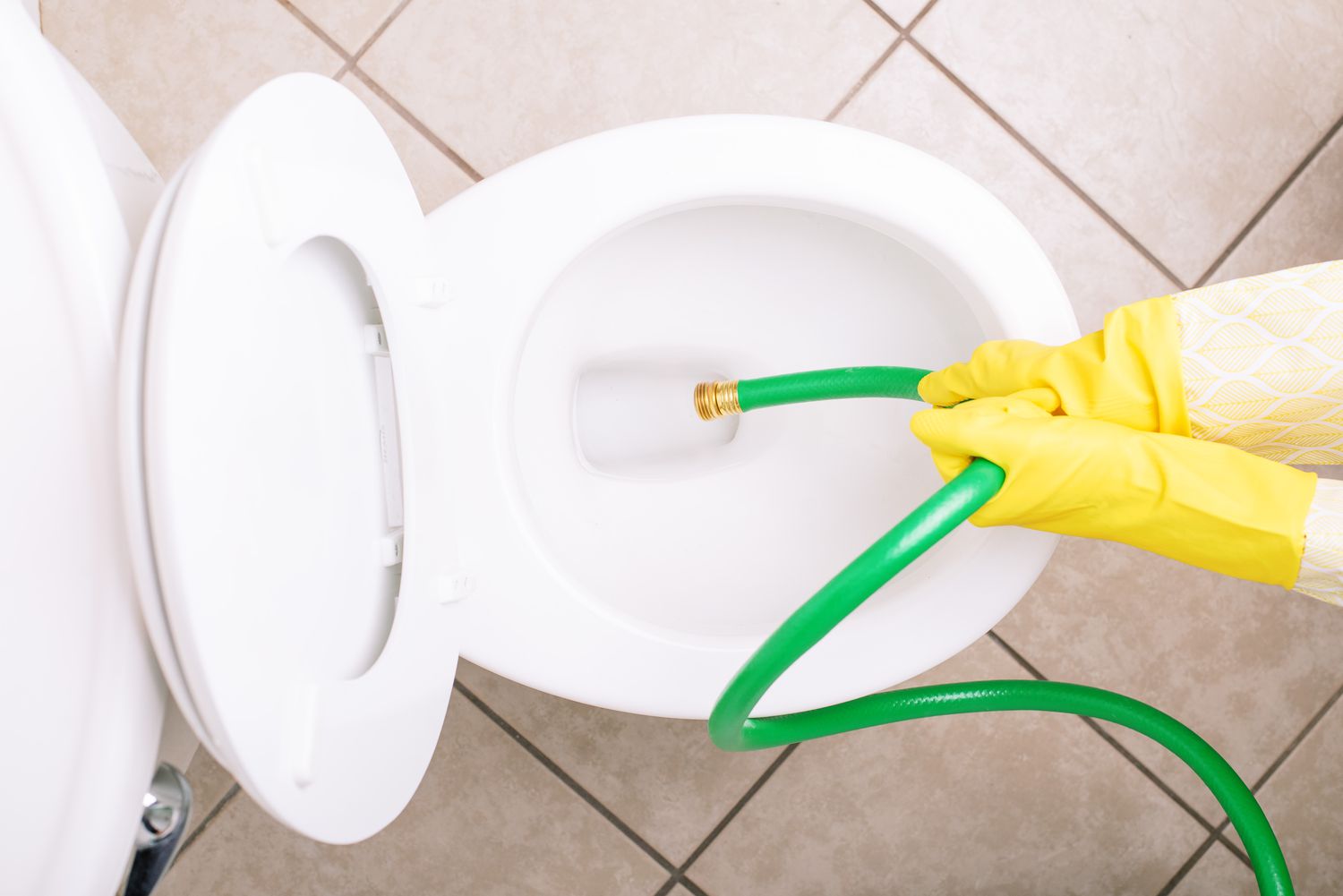
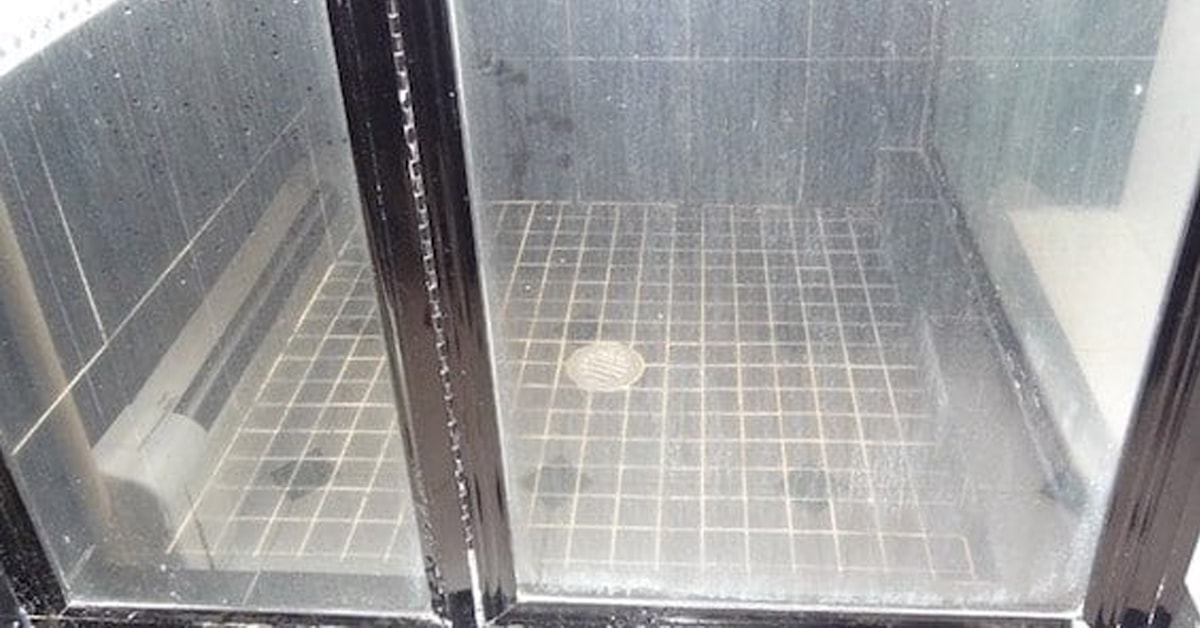
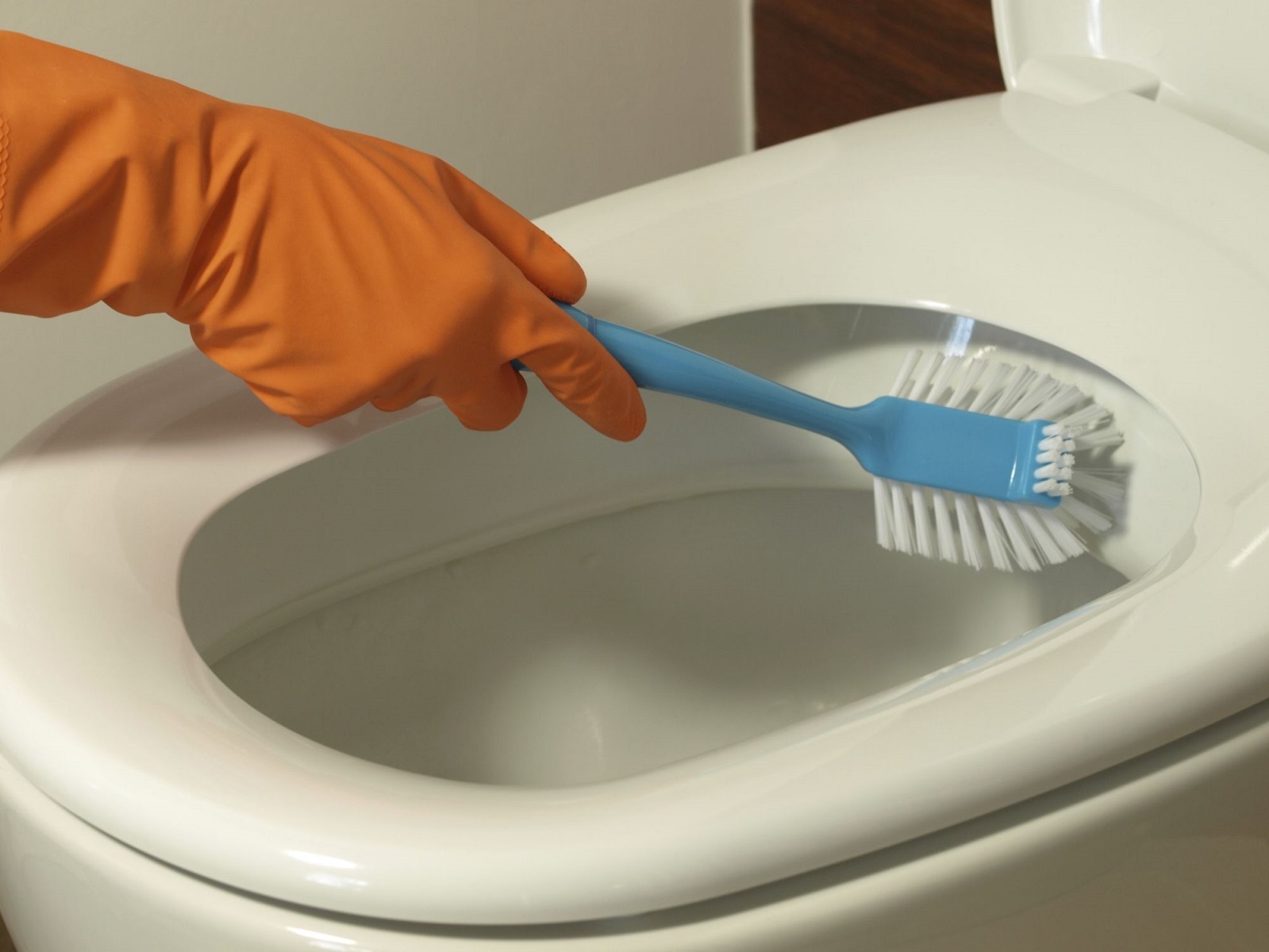
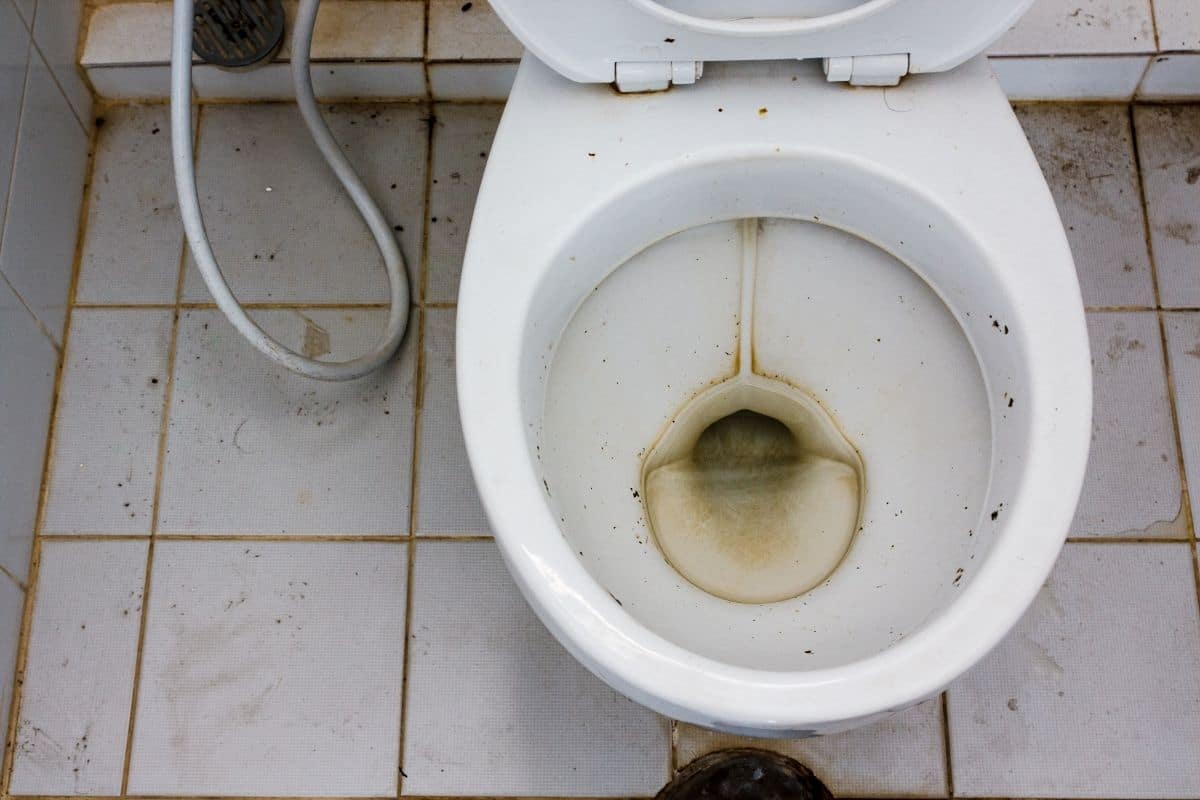
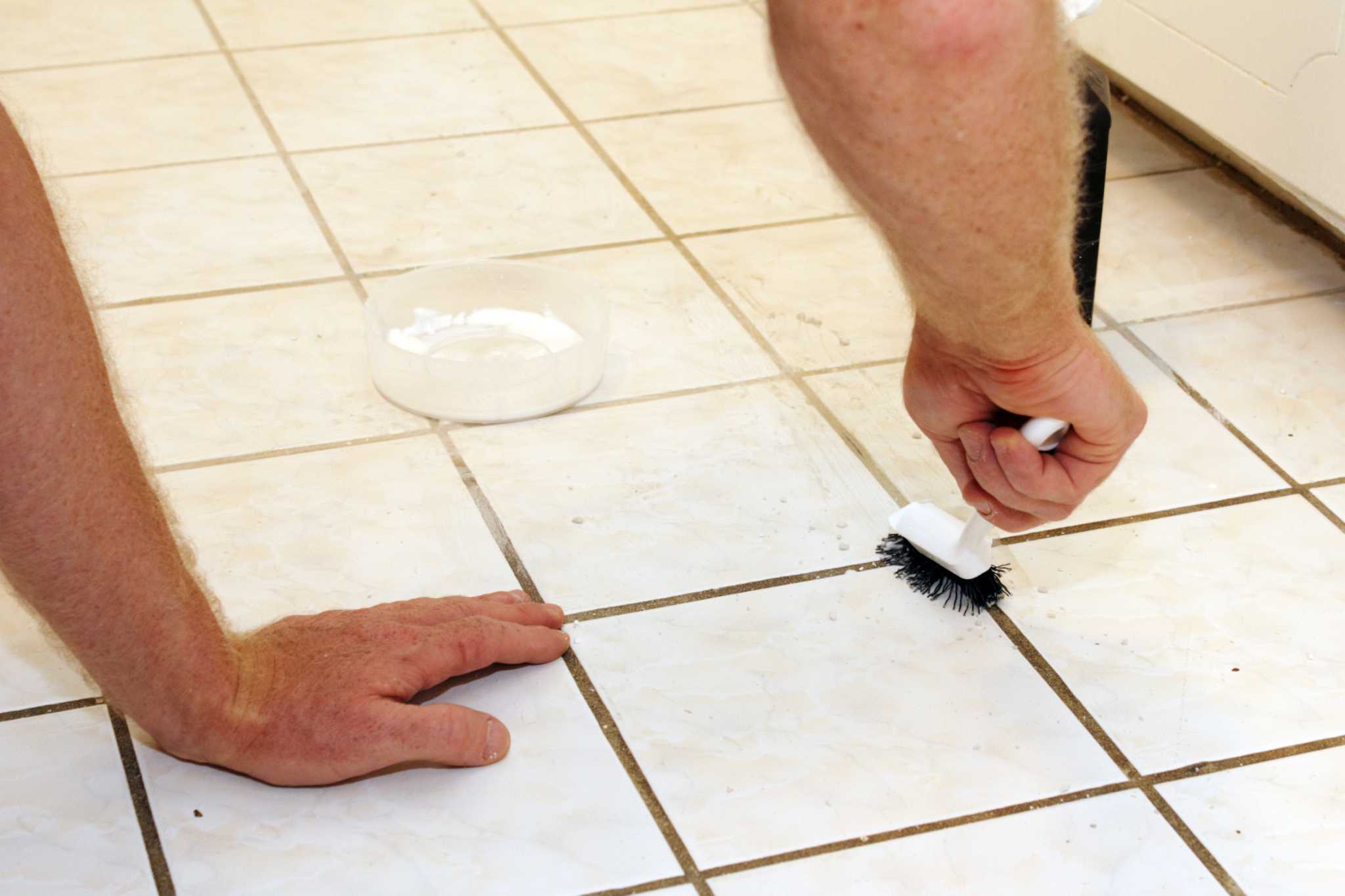
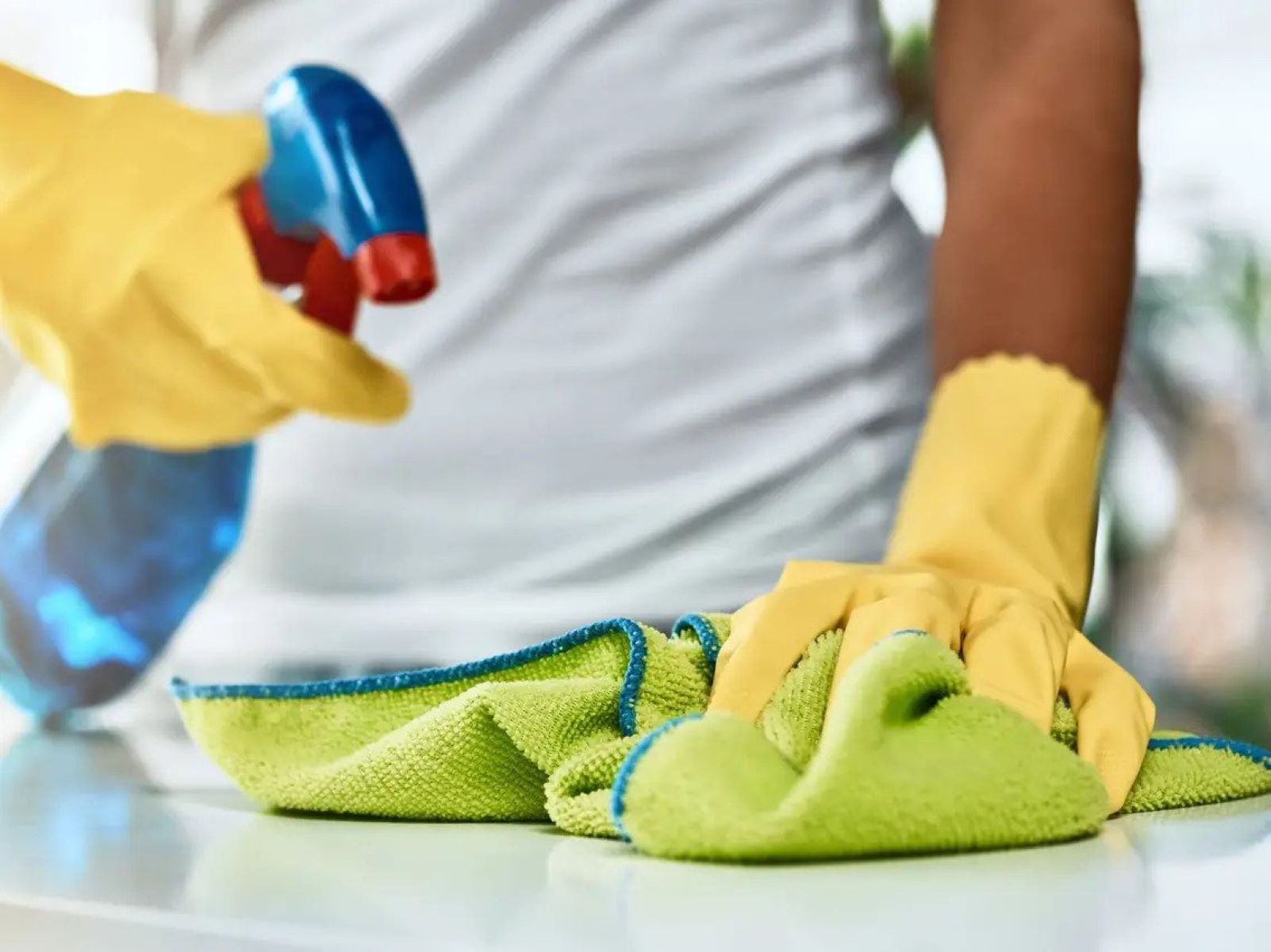
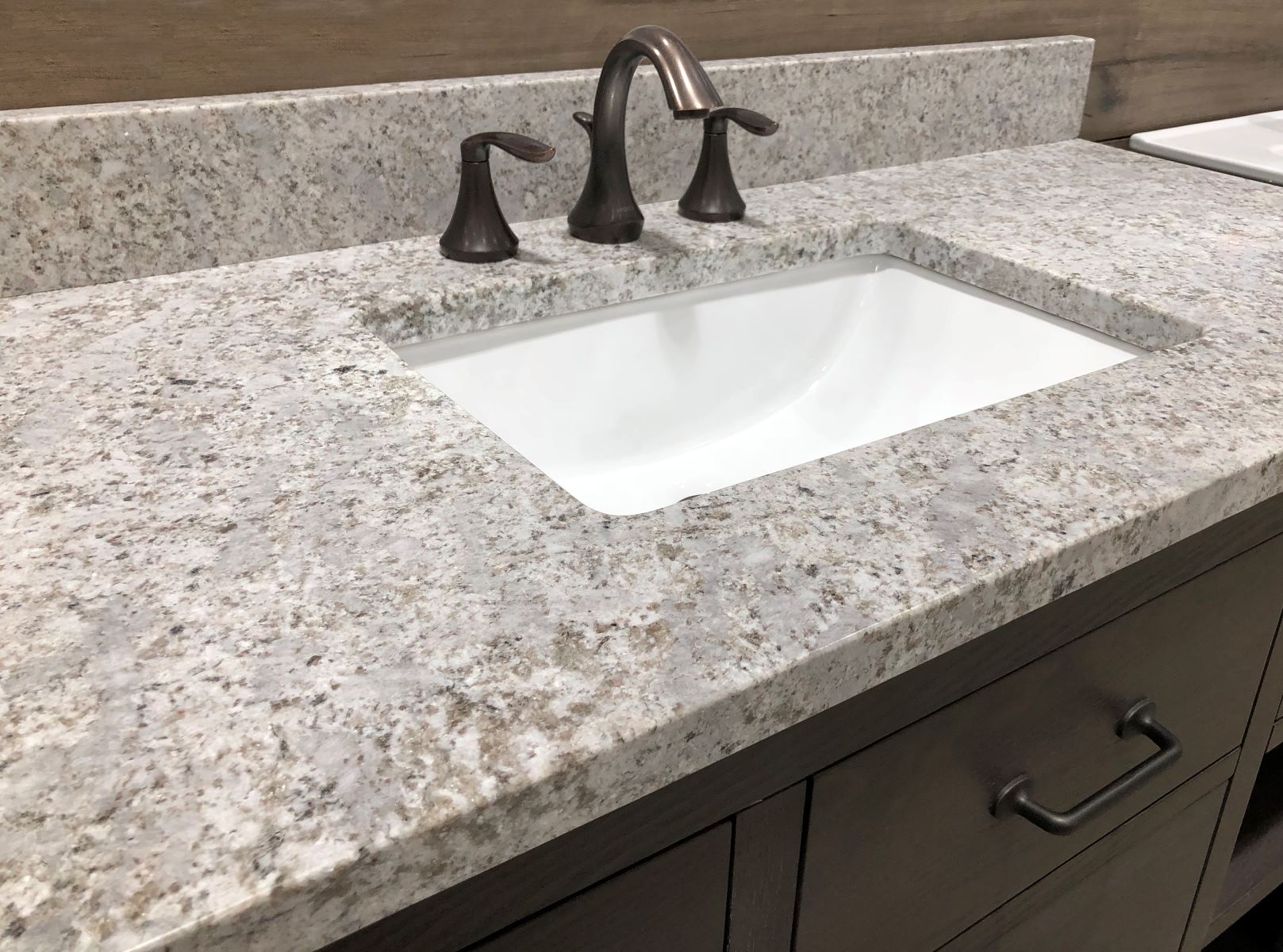
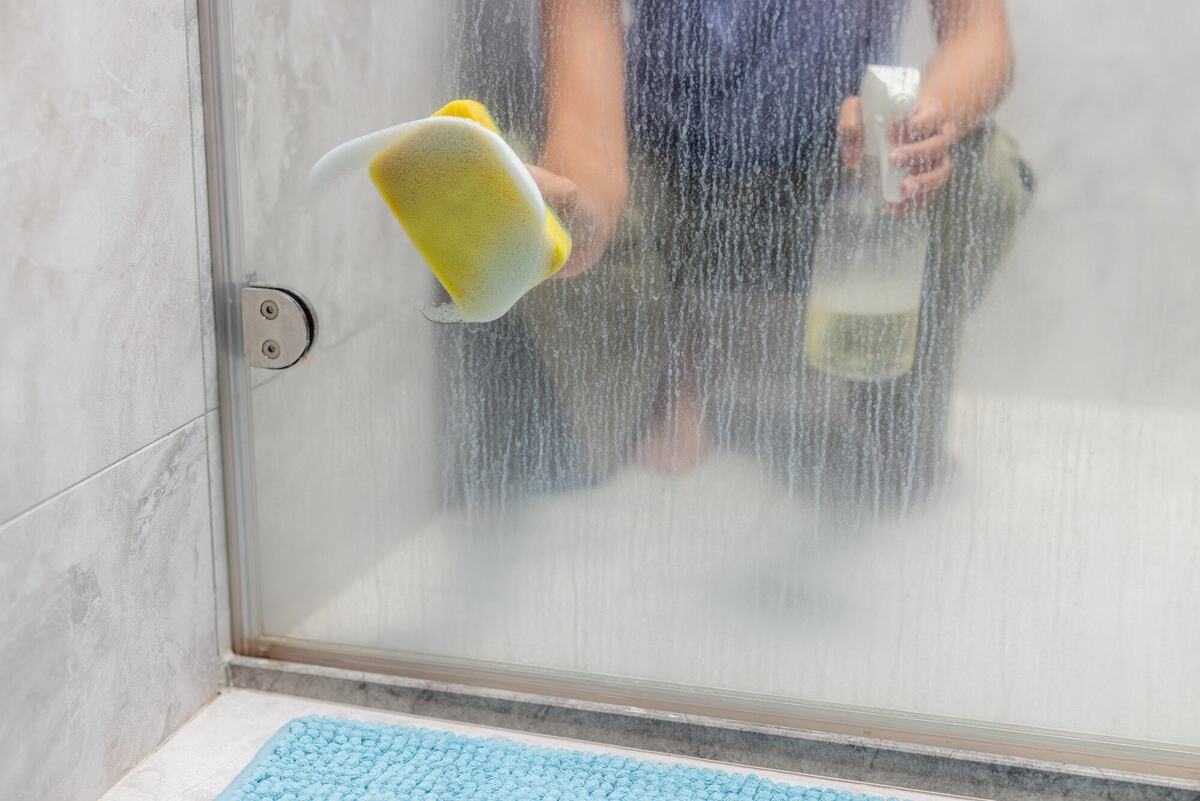
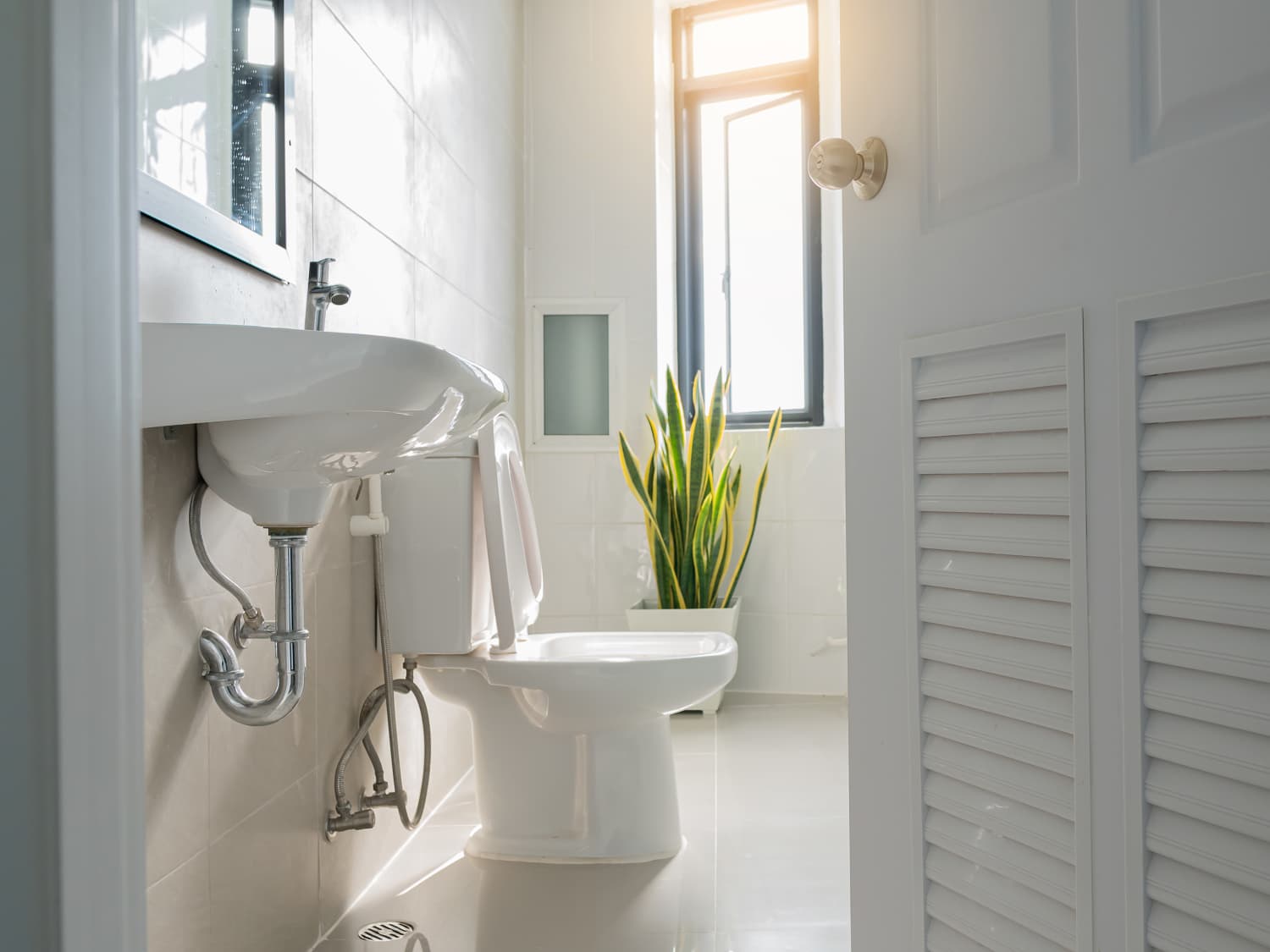
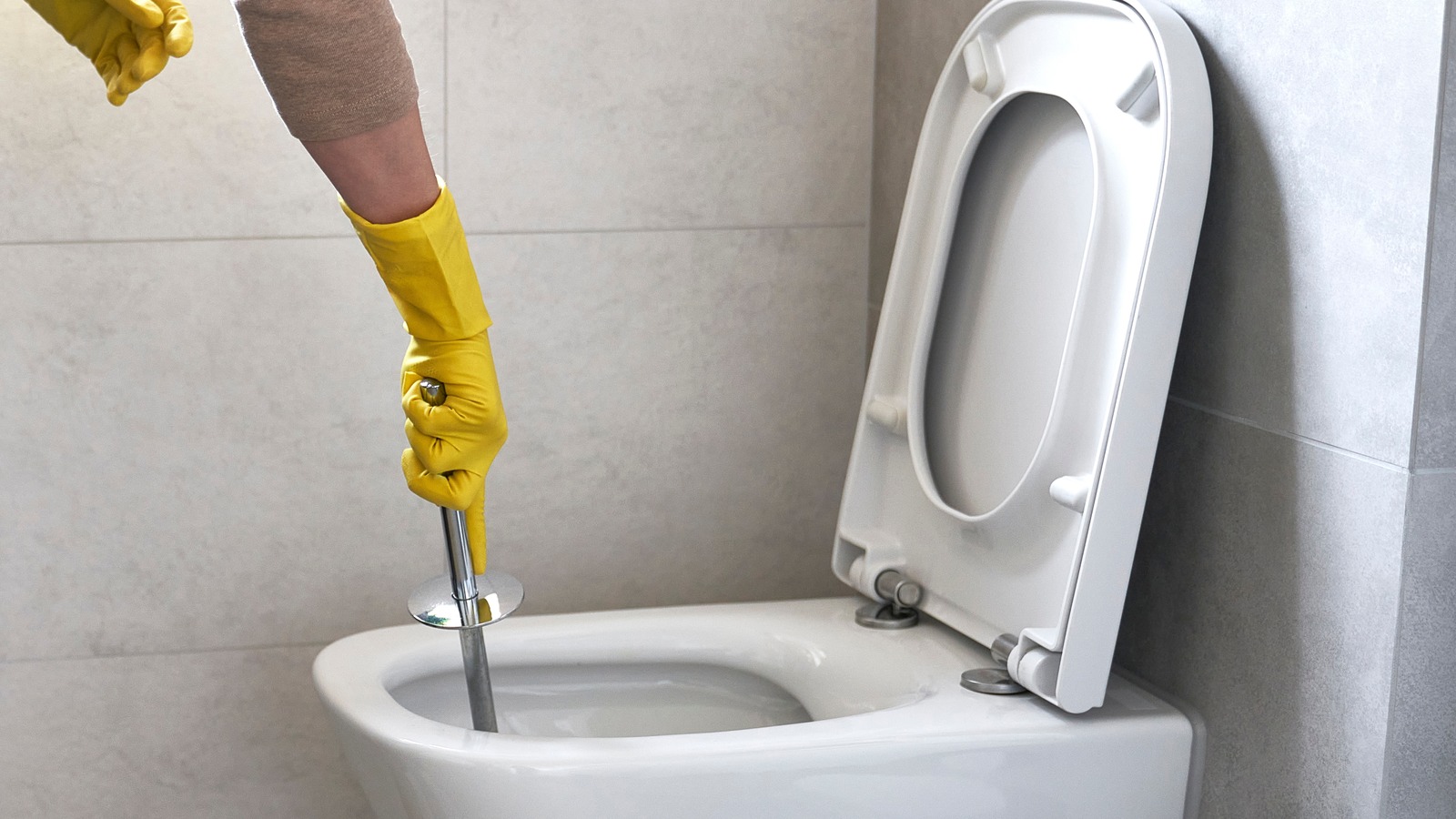
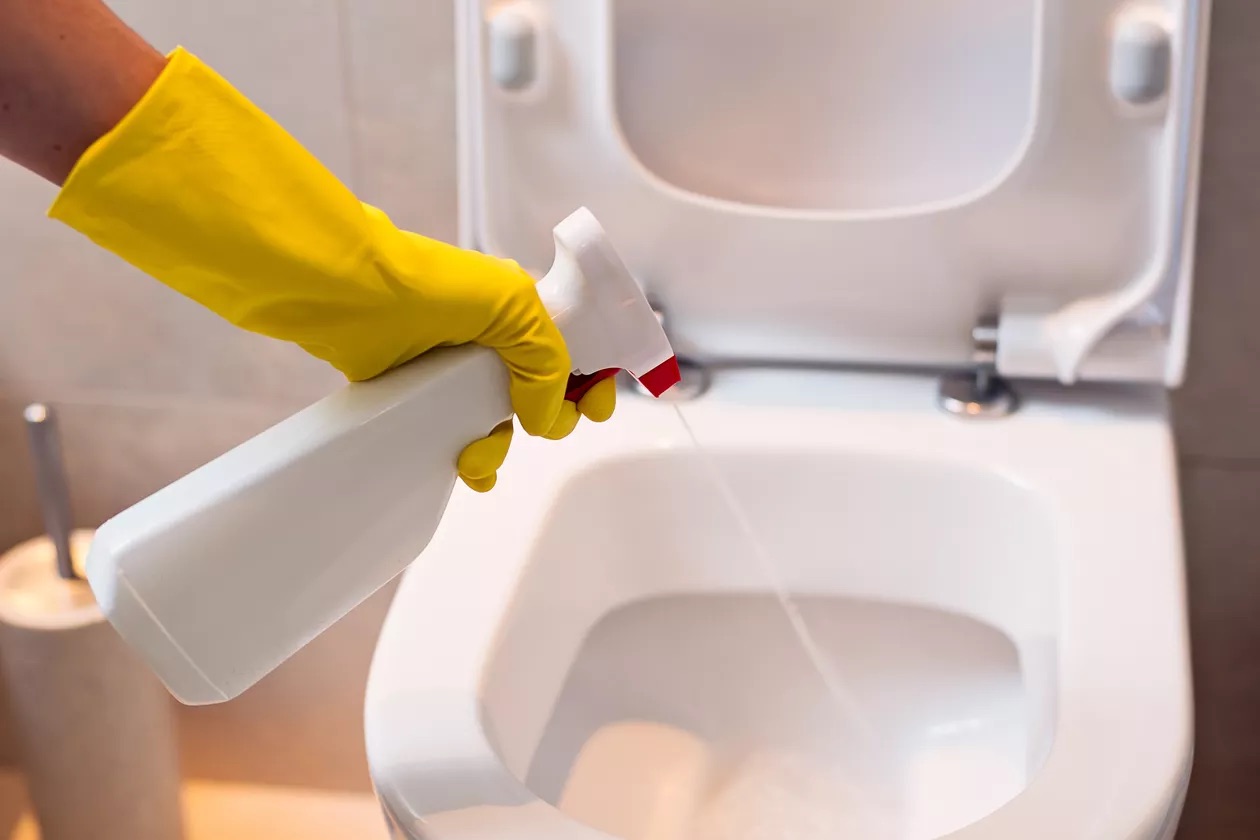

0 thoughts on “How Do You Remove Hard Water Stains From Toilet Bowl”